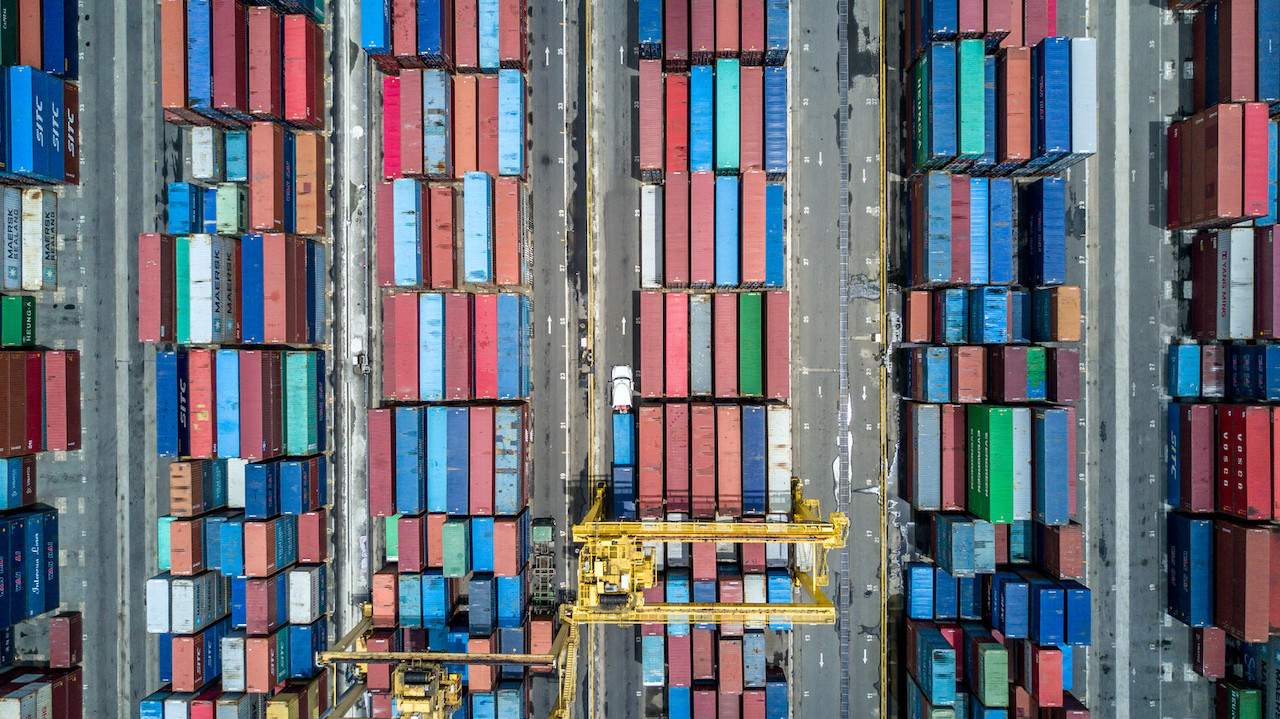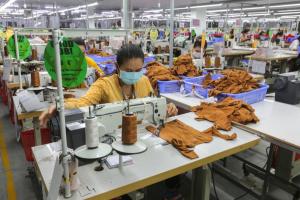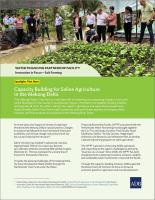
The RCEP covers a market of 2.2 billion people with a combined size of $26.2 trillion or 30% of the world’s gross domestic product. Photo credit: ADB.
So far, six member states and four non-ASEAN signatory states have ratified the agreement.
The Regional Comprehensive Economic Partnership (RCEP) Agreement will come into force on 1 January 2022 after six ASEAN member states as well as four non-ASEAN signatory states ratified the deal.
As of 2 November, the ASEAN Secretariat has received Instruments of Ratification/Acceptance (IOR/A) for RCEP from Brunei Darussalam, Cambodia, Lao People's Democratic Republic, Singapore, Thailand, and Viet Nam; and from non-members, Australia, People's Republic of China, Japan, and New Zealand, ASEAN said in a statement.
As provided by the agreement, the RCEP will enter into force 60 days after the date at which the minimum number of IOR/A is achieved. This means that the RCEP Agreement shall enter into force on 1 January 2022.
“The expeditious ratification process by signatory States is a true reflection of our strong commitment to a fair and open multilateral trading system for the benefit of the people in the region and the world. The implementation of the RCEP Agreement starting 1 January next year will give tremendous boost to the post COVID-19 economic recovery efforts,” said ASEAN Secretary-General Dato Lim Jock Hoi.
Meanwhile, the preparatory work for the entry into force of RCEP will continue. The preparatory work undertaken by signatory states aims to lay a solid ground for the full and effective implementation of the agreement through finalization of the technical and institutional aspects of the agreement.
The RCEP covers a market of 2.2 billion people with a combined size of $26.2 trillion or 30% of the world’s gross domestic product.
The objective of the RCEP agreement is to establish a modern, comprehensive, high-quality, and mutually beneficial economic partnership. It provides flexibility and includes technical cooperation and and capacity building to ensure that economies with different levels of development can maximize benefits from the agreement.


